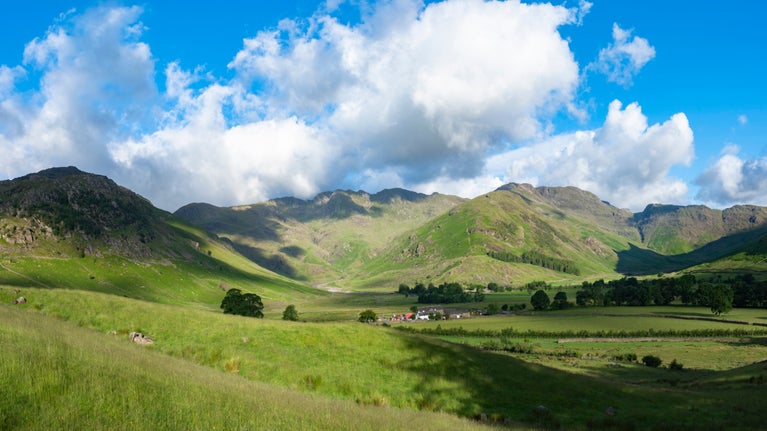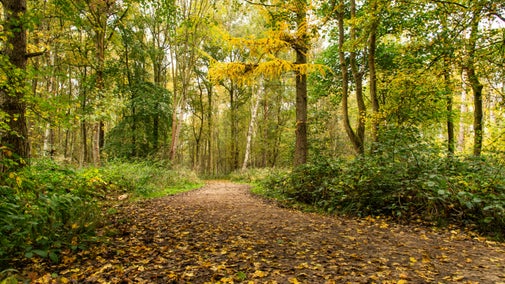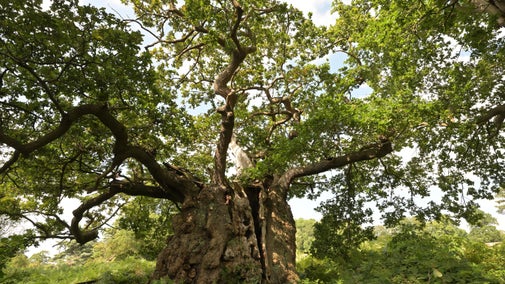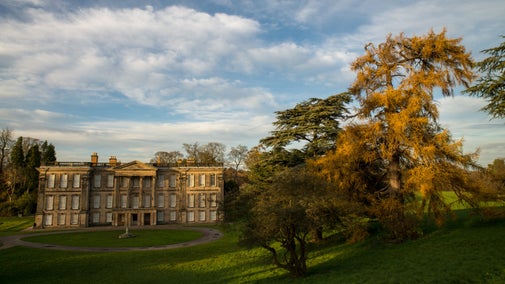
Nature conservation
From ancient trees to bees and butterflies, our places are full of life. We're working hard to safeguard nature for years to come.

Last week over 600 white-clawed crayfish were collected from Calke Abbey in Derbyshire and relocated to an Ark site. Working alongside Derbyshire Wildlife Trust and partners, the translocation is part of ongoing conservation efforts to safeguard the future of this endangered native species.
White-clawed crayfish have sadly been in decline since the 1970s, due to the invasion of the non-native American signal crayfish. Signal crayfish are bigger and stronger than the white-clawed and can feed them, out-compete them for homes and food, and carry a fatal disease to the UK species, known as crayfish plague.
The Calke Abbey estate is approximately 1,000 hectares in size, made up of woodland, wood pasture, hay meadows, wetlands, and tenanted farmland. The Calke ranger team have managed this historic landscape to support an array of different wildlife, including the newly reintroduced rare hazel dormice. Click here to find out more about this conservation project.
Countryside Manager, Jon Lewney says: ‘Calke Abbey’s brooks contain a healthy population of white clawed crayfish. This gives us the opportunity to support the efforts to conserve this threatened species, by moving some of them to other sites. Establishing populations free from the invasive signal crayfish in as many places as possible is the best way to ensure our native crayfish survive.’

Before being collected and transported, health checks were performed and eDNA sampling was carried out by the Environment Agency to ensure there were no signs of crayfish plague or American signal crayfish.
Calke’s brooks were then drained and redirected downstream for a short period to entice the white-clawed crayfish out of their burrows. The crayfish were then collected, examined, and transported to a safe location, where it is anticipated the crayfish will thrive.
White-clawed crayfish have also been found in lakes at Kedleston Hall. Click here to find out more.

From ancient trees to bees and butterflies, our places are full of life. We're working hard to safeguard nature for years to come.
From wildlife and woodland management to historic planting in the garden, discover more about the vital conservation work we do in the outdoors at Calke Abbey.

Rare hazel dormice have been reintroduced into the heart of the National Forest. Discover more about this endangered species and work we've carried out at Calke Abbey in Derbyshire to prepare for their arrival.

Reconnect with nature and make yourself at home in acres of historic parkland on the Calke Abbey estate in Derbyshire.

Explore more of Calke Abbey on a guided tour, walk or talk – from behind-the-scenes tours in the house to garden and parkland rambles.

The un-stately home and country estate
